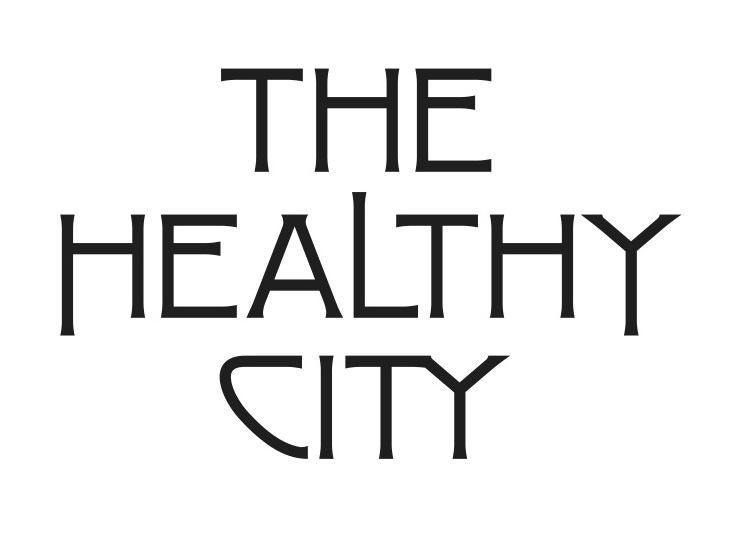It has long been observed that art can profoundly influence emotions and even the physical body. Stendhal syndrome (aka hyperkulturemia) was named after the 19th century French author, who described his visceral reaction to seeing Giotto’s frescoes on the ceiling of the Basilica di Santa Croce during his journey to Florence, Italy:
“I was in a sort of ecstasy, from the idea of being in Florence, close to the great men whose tombs I had seen. Absorbed in the contemplation of sublime beauty… I reached the point where one encounters celestial sensations… Everything spoke so vividly to my soul.”
Stendhal, Naples and Florence: A Journey from Milan to Reggio
Although the symptoms of Stendhal syndrome can be hazardous in some cases, the psychosomatic phenomenon exemplifies the immense power that art can have on the mind/body. Recent research from the University of California in Berkeley elucidates how this connection much more commonly serves to benefit one’s health and well-being.

Basilica of St. Francis in Assisi (PC: Kristas Valbonas)
In this recent study conducted at UC Berkeley, scientists found that experiencing art and nature boosts the immune system and decreases inflammation in the body by triggering positive emotions; particularly awe, wonder, and gratitude. According to psychologist Dr. Dacher Keltner, these emotions “promote healthier levels of cytokines, [which] suggest[s] the things we do to experience these emotions – a walk in nature, losing oneself in music, beholding art – has a direct influence upon health and life expectancy.”
Cytokines are small proteins that play a key role in cell signaling in the human body, influencing processes such as immune response, inflammation, and neurotransmitter balance. While they serve an important role, sustained elevated levels of these proteins are linked to a host of illnesses, such as type-2 diabetes, clinical depression, heart disease, and autoimmune disorders.
In the study, researchers measured inflammation marker cytokine Interleukin 6 in samples of gum and cheek tissue of over 200 young adults. Same-day surveys revealed an inverse correlation between the amount of positive emotions (particularly awe and wonder) experienced by each participant and their levels of this pro-inflammatory marker.
Lead author of the study Dr. Jennifer Stellar emphasizes the real-life implications of these findings, explaining, “Rather than seeing a walk through the park or a trip to the museum as an indulgence, we hope people will view these kinds of experiences as important ways to promote a healthy body in addition to a healthy mind. Folding these kinds of positive experiences into your daily routine may be more important for health than we previously realized.”
Perhaps it is time we regard nature, art, and beauty as vital sources of preventative medicine.

